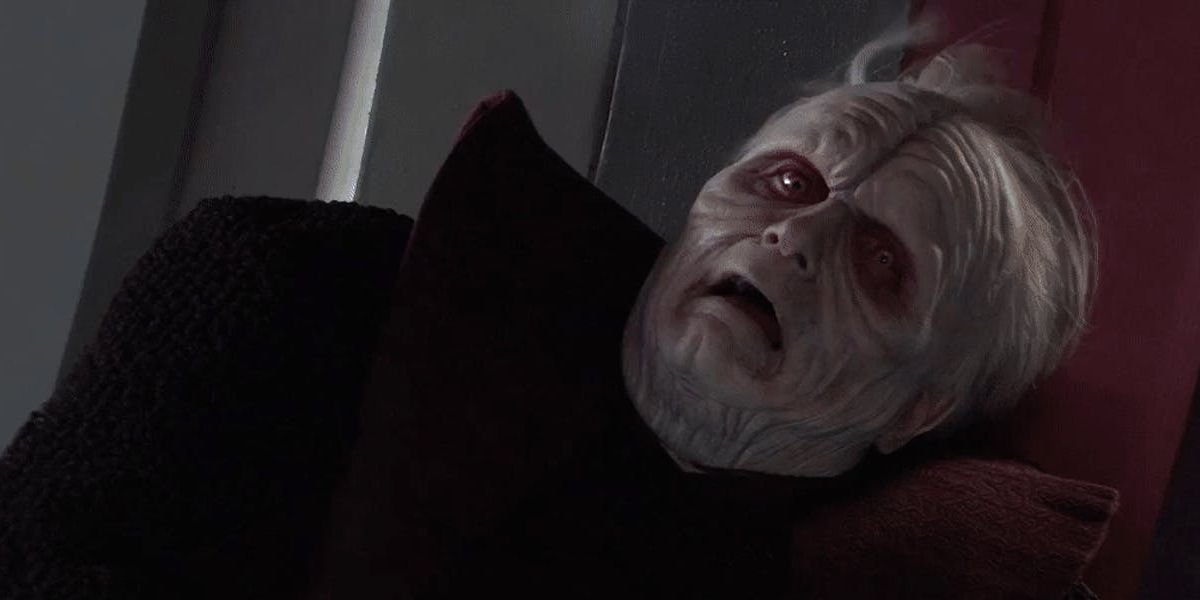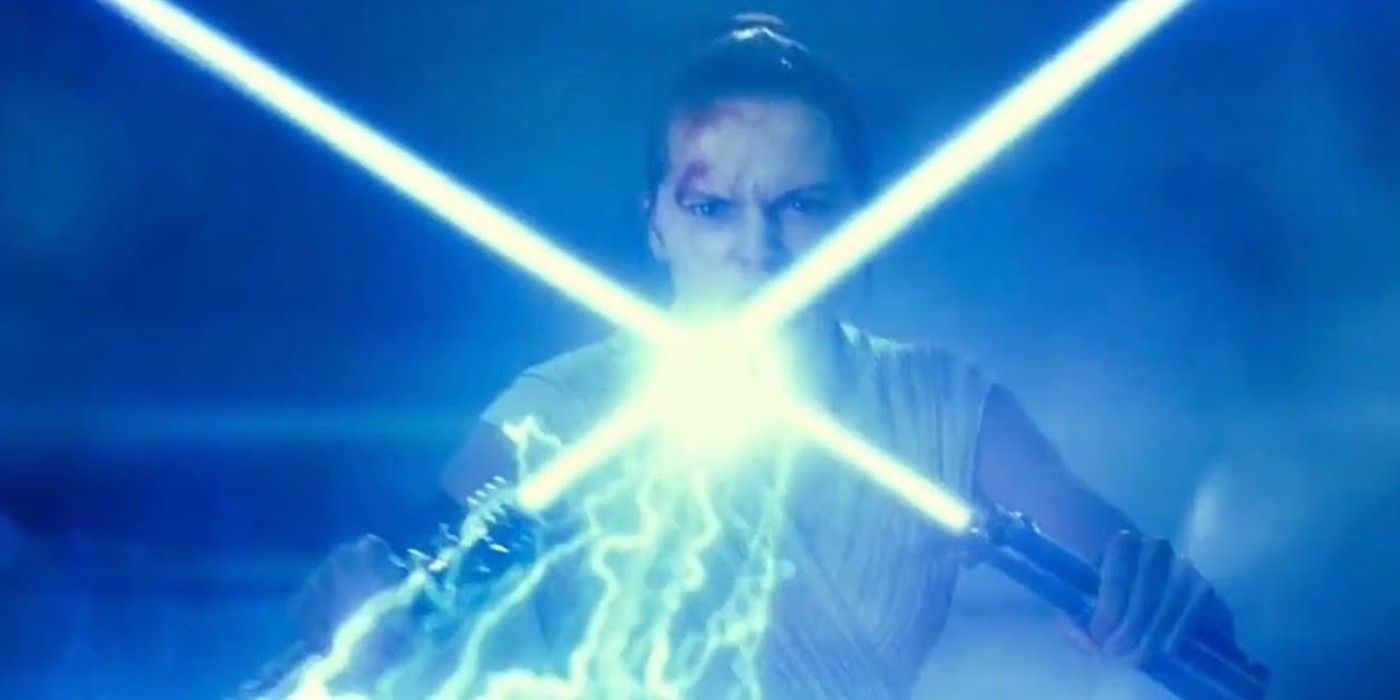Star Wars: Episode IX – The Rise of Skywalker remains a source of controversy among fans, particularly when it comes to the reborn Emperor Palpatine. Beyond bringing back a villain whose story had seemingly been told, the movie let him use tactics such as Force lightning that had been proven to fail in earlier Star Wars films, to say nothing of the way it complicates the “Chosen One” prophecy of the previous two trilogies. Ian McDiarmid’s always-menacing performance forgives many sins, but the logical issues remain.
A simple, elegant fan theory posted on Reddit by a user who goes by the handle jedimasterashla solves the dilemma perfectly. It states that the Palpatine from The Rise of Skywalker wasn’t the original model but an insane clone who believed he was the reincarnation of the Emperor. The notion eliminates several continuity conflicts while restoring key notions like Anakin’s prophecy. And there’s a good deal of precedent – particularly on the Legends side of Star Wars – to back it up.

The central complaint around the Emperor’s reappearance concerns the way he falls for the “Force lightning” fallacy during his final confrontation with Rey. It’s a variation of two deadly exchanges previously in the saga. The first came in Star Wars: Episode III – Revenge of the Sith when Mace Windu reflected Palpatine’s Force lightning back at him, scarring him hideously. Had Anakin not intervened, this incident would've ended in the Emperor's death. The second took place at the end of Star Wars: Episode VI – Return of the Jedi as Vader turned on his master and Palpatine continued to shoot his Force lightning, even though he was damaging himself as much as Vader with it. The Rise of Skywalker completes the hat trick, as Rey accepts and summons the power of all the Jedi that came before her to destroy Palpatine with his own trick.
One could argue that the Force lightning attack is a matter of raw will, and Palpatine’s ego simply couldn’t accept that anyone could outdo him on that front. Other explanations can be found as well, though The Rise of Skywalker doesn’t do itself a lot of favors by declining to clarify the matter. Even so, the third application of the same basic gimmick is unduly repetitive and diminishes Anakin’s importance in the saga as the one who brings balance to the Force. How could he have done so if he didn’t kill Palpatine?

The fan theory cuts through that in the course of just a few sentences. The Palpatine from The Rise of Skywalker – like Snoke before him – is a clone of the original, one strong enough to convince many in the First Order that he is the original. And like many clones, he’s unstable, leading him to forget key details about his past and similar lapses. The theory better reflects a popular piece of Legends lore: the insane clone of the Jedi Jorus C’baoth played a key role in Timothy Zahn’s celebrated Thrawn trilogy, which serves as an alternate sequel and demonstrates how Force use was vital to the Empire's military strategy. Given that – and the prominence of cloning technology elsewhere in the saga – it’s a simple solution to the entire debate.
And it’s in keeping with the movie’s subtler messaging. One of the key themes of the sequel trilogy is evolution, as Rey Skywalker moves beyond the notion of Jedi and Sith to embrace a new understanding of the Force. The First Order was nothing if not a dying extension of the Empire: dangerous but beset with infighting and sustained by decrepit figures like Snoke. The Jedi were similarly on their last legs, as Kylo Ren destroyed the rebuilt school and left Luke Skywalker alone to symbolically turn off the lights. That’s in keeping with the prequel trilogy’s idea of a Republic grown calcified and corrupt, with the original trilogy’s Rebellion destroying it after it had metastasized into a totalitarian state.
The sequel trilogy then shows both entities attempting to exist beyond their “sell by” date. After a lifetime of struggle, Luke finally accepts the inevitable and passes the torch to Rey to build something new. The First Order – clinging to the rotting bones of the Empire – uses cloning to avoid fading away but brings it all crashing down instead. It’s a good read for the Star Wars sequel trilogy, helped along by a very strong fan theory.

